Acrylic Resin for Firing Paste
Product Description
This acrylic resin is used for various paste applications. Uses include electrode pastes for multilayer ceramic capacitors (MLCCs), which require firing processes.
Soken's proprietary technology has been used to improve the stringiness in acrylics, which has been a problem previously, resulting in excellent printability.
We offer products that balance firing and printing properties, as well as others designed specifically for firing. These products are suitable not only for firing but also for dip coating with less stringiness, and screen printing that requires thixotropic properties.
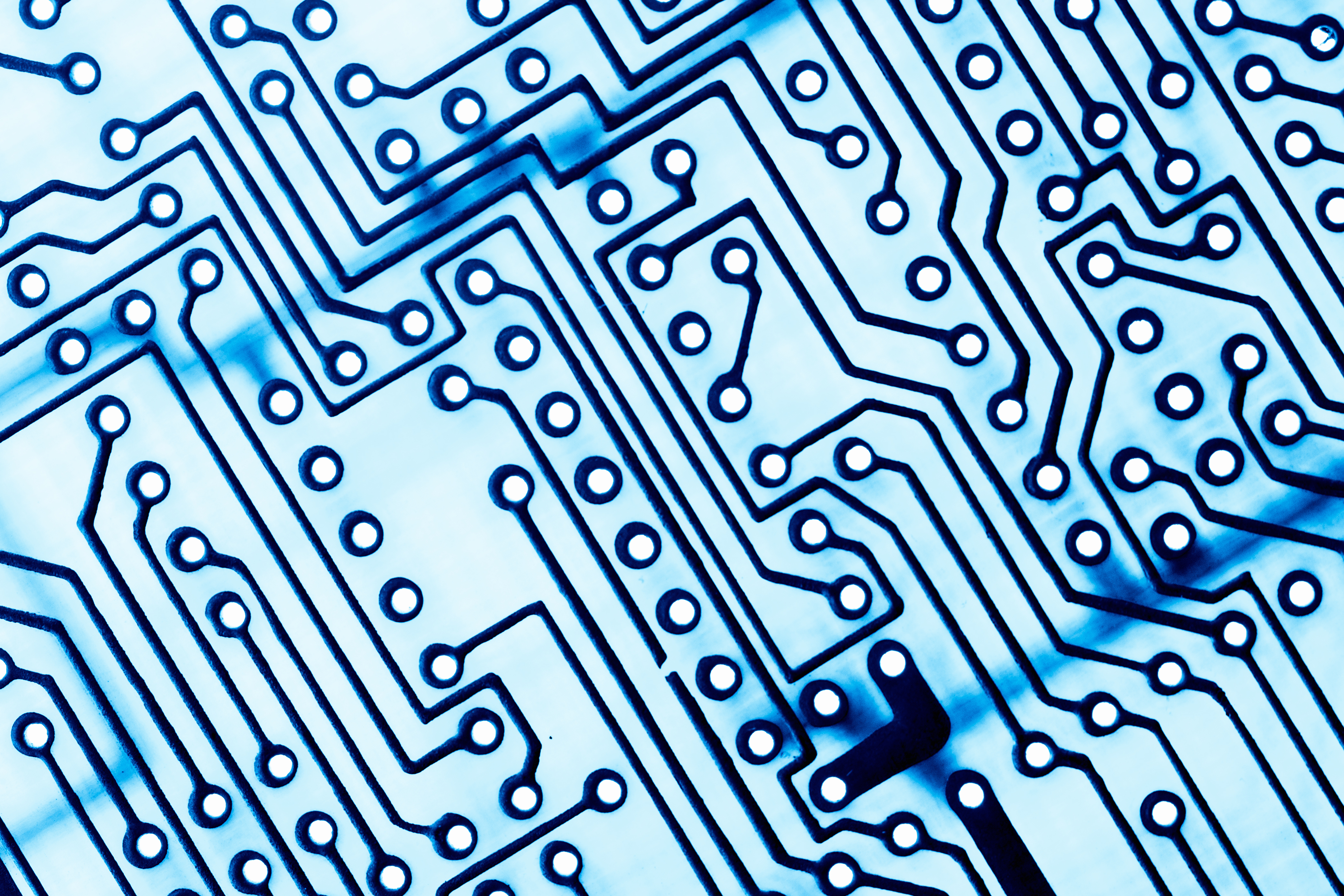
Characteristics
- Firing properties
- Printability
- Spinnability
- Thixotropy
- Film density
- Adhesion to substrates
Features
SPB-80
- Viscoelastic properties not found in conventional acrylic resins
- Dispersion stability with metal fillers
- Printability comparable to ethyl cellulose (EC)
M-4000 Series
- Specific firing properties
- Especially low residual carbon content after firing
- Also available for sale in particle form
Applications
- MLCC external and internal electrodes
- Resins for various pastes
Application Examples
Capacitor Firing Process

Grade and Product Number
*Can be scrolled horizontally
| Product no. | Solvent type *1 | Viscosity (ηPa·s at 25°C) | Heating residue*2 (%) |
External appearance *3 | Features |
|---|---|---|---|---|---|
| SPB-80 | DHT | Approx. 45 | Approx. 30 | Colorless to light brown transparent liquid | EC-equivalent thread breakage |
| M-4100 | Terpineol | Approx. 218 | Approx. 27 | Pale yellow, slightly turbid liquid | Low residual carbon content |
| M-4200 | Terpineol | Approx. 125 | Approx. 35 | Pale yellow, slightly turbid liquid | Low residual carbon content |
| M-4210 | DHT | Approx. 58 | Approx. 30 | Pale yellow, slightly turbid liquid | Low residual carbon content |
- *1 DHT: dihydroterpineol
- *2 Proportion of weight remaining after heating at 150°C for 3 hours.
- *3 Visual evaluation
Thermal Properties
Good firing properties and low residual carbon content after heating, even in a nitrogen atmosphere.
In an air atmosphere

In a nitrogen atmosphere

*Can be scrolled horizontally
| Pyrolysis (in an air atmosphere)*1 | Pyrolysis (in a nitrogen atmosphere)*2 | |||||
|---|---|---|---|---|---|---|
| Initial temperature | Final temperature | Residual carbon content | Initial temperature | Final temperature | Residual carbon content | |
| EC (ref) | 315℃ | 465℃ | Less than 1% | 327℃ | 516℃ | 7.2% |
| SPB-80 | 262℃ | 301℃ | Less than 1% | 301℃ | 457℃ | Less than 1% |
| M-4100 | Approx. 220℃ | Approx. 290℃ | Less than 1% | Approx. 180℃ | Approx. 340℃ | Less than 1% |
| M-4200 | Approx. 250℃ | Approx. 290℃ | Less than 1% | Approx. 260℃ | Approx. 390℃ | Less than 1% |
| M-4210 | Approx. 250℃ | Approx. 290℃ | Less than 1% | Approx. 260℃ | Approx. 390℃ | Less than 1% |
- *1Temperature increased to 700°C at 0°C min-1 in an air atmosphere.
- *2 Temperature increased to 700°C at 10°C min-1 in a nitrogen atmosphere.
Viscoelasticity
*Can be scrolled horizontally
| Ethyl cellulose (ref.) | SPB-80 | M-4210 | |
|---|---|---|---|
| Pseudoplasticity *1 | 150 | 50 | 16 |
| Thixotropy *2 | 3–4 | 3.3 | 1.6 |
| Spinnability *3 | 3 s | 4 s | 9 s |
- *1 Viscosity ratios at shear rates of 1 s-1 and 3,000 s-1 (the larger the value, the greater the change in viscosity with stress).
- *2 Viscosity ratios with rate increase and decrease at a shear rate of 1,000 s-1 (the smaller the value, the more rapid the viscosity increase [recovery] when the rate decreases).
- *3 Time until stringiness is eliminated in DHT solution at 5 Pa·s (the shorter the time, the lower the stringiness).
Dip Coating
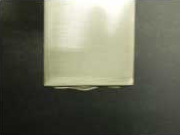
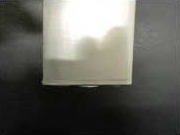
Micro-Residual Carbon Content
*Can be scrolled horizontally
| Sample | EC | PVB | PMMA | M-4200 |
|---|---|---|---|---|
| Micro-residual carbon content (%) | 9.8 | 2.5 | 0.2 | 0.02 |
Photographs after Measurement of Micro-Residual Carbon Content (Temperature: 500°C; in a Nitrogen Atmosphere)
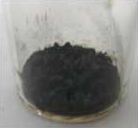
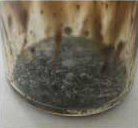
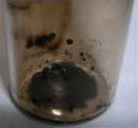
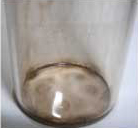
- Note: The data listed are for reference only and are not standard values.
In addition, there is no guarantee that the listed uses will not infringe on any patents.
